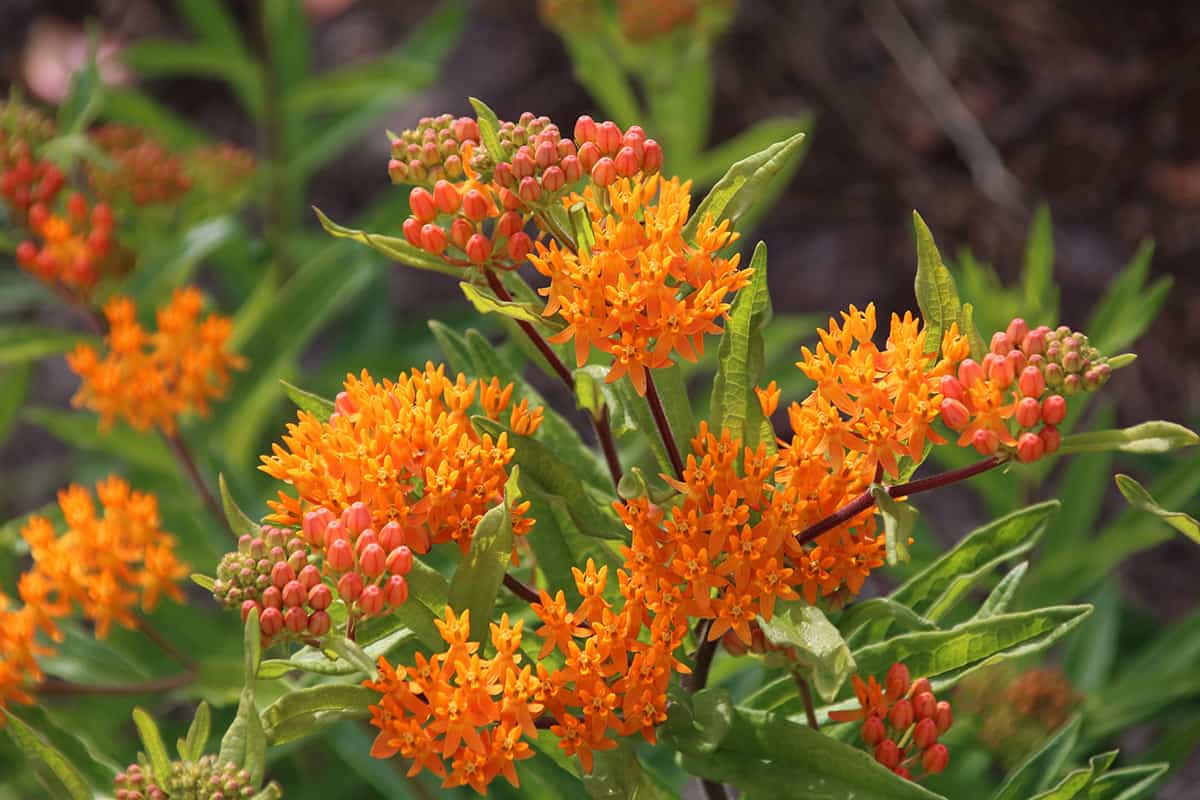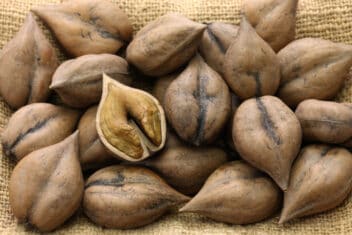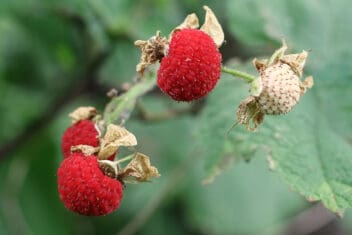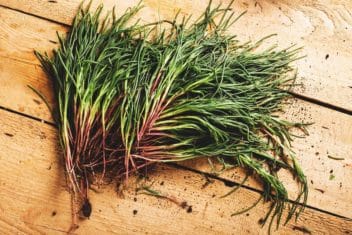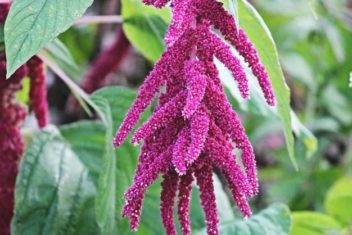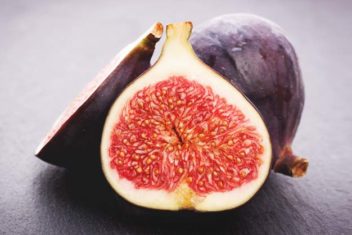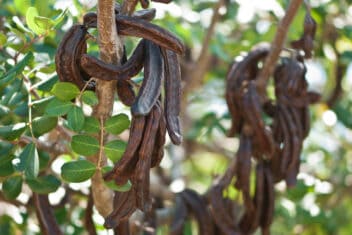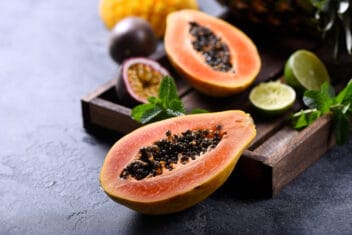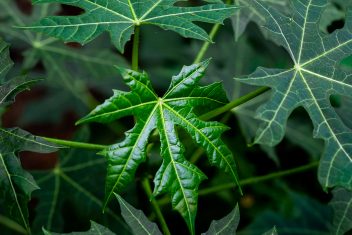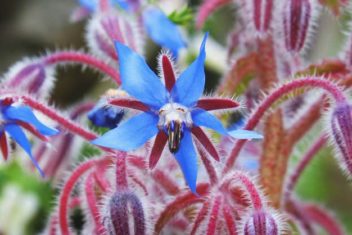Pleurisy root might not instantly come to mind when people name their favorite healing plants. This is likely because it’s isn’t as popular as coltsfoot, mullein, or horehound for chest complaints.
That said, it’s an effective expectorant that absolutely deserves a place in any medicinal herb garden.
Not only is this herb extremely effective, but it’s also ideal for enticing beneficial pollinators. Read on to learn more about this lovely plant and how to cultivate it in your own space.
What is Pleurisy Root?
Asclepias tuberosa is a pretty, herbaceous perennial that’s native to eastern parts of Canada, the United States, and northern Mexico. It’s a member of the Asclepias genus, which is also known as the milkweed family.
You’re likely already familiar with its cousin, common milkweed (Asclepias syriaca), which is a beautiful purple-flowered plant that attracts Monarch butterflies. Pleurisy root—also known as butterfly weed—also attracts all kinds of butterflies and other beneficial insects.
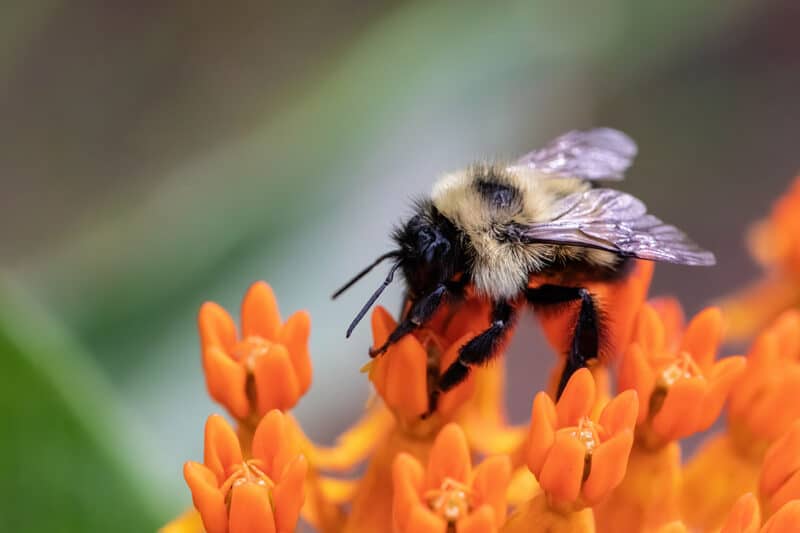
That said, Monarchs don’t favor it because its leaves don’t contain the same components that its cousins do. Additionally, despite the fact that it’s a member of the milkweed family, it doesn’t produce as much milky sap as its cousins.
Pleurisy root got its name because of how effective it is at treating coughs. As both an antispasmodic and expectorant, this plant can alleviate the kind of wracking coughs that keep people up at night.
It’s also an expectorant, which means that it can help to loosen and expel mucus from the lungs.
Planting Pluerisy Root
First and foremost, if you’re growing pleurisy root from seed, you need to stratify it. It needs at least a month of freezing temperatures, followed by a period of warmth to activate germination.
As a result, try to plant your seeds in the fall, just before the last frost date. Otherwise, keep seeds in the freezer until springtime. Then sow directly into prepared soil.
This herb doesn’t transplant well once established. If there’s a patch growing wild near you, don’t just dig it up and replant it in your space. It won’t do well. Instead, wait until autumn and harvest the seeds.
Pleurisy root does best in sandy, well-drained soil, especially if there’s a lot of gravel. It doesn’t have to be particularly nourishing soil, however. This plant thrives in poor conditions, which is why it grows so readily in ditches and abandoned lots.
It does, however, need a lot of sunshine. Plant yours in a location where it’ll get at least six hours of direct light per day.
If the only outdoor space you have available gets mottled shade, grow your pleurisy root in a pot instead. Then you can move the container to different sunny spots throughout the day as needed.
Caring for Pluerisy Root: Watering and Feeding
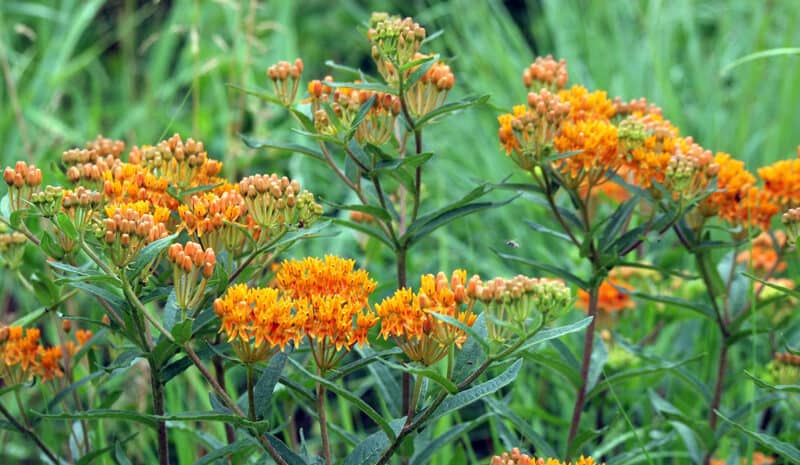
Since this plant is so drought-tolerant, it won’t do well if you over-water it. Pleurisy root usually does just fine with natural rainfall. If you’re in a hot, arid zone, however, water it a bit more regularly.
This plant prefers depleted soil, so you don’t need to fertilize it. In fact, it pretty much thrives on neglect. Once it’s established itself, you can ignore it, and it’ll do just fine.
Just note that since this is a perennial species, it behaves the same way perennial vegetables do. The “sleep, creep, leap” rule is in full effect here. As a result, you won’t see flowers or seeds until it’s at least three years old.
Unlike other milkweed species, pleurisy root is pollinated more by bees than moths or butterflies. This makes it ideal for attracting bees and wasps to your garden.
Consider putting up a bee hotel near your flower patch, which will offer them a safe space to live in between feedings.
Potential Problems and Solutions
Like other milkweed plants, this herb is prone to predation by aphids and Monarch butterfly caterpillars. You can keep these away with insecticidal soap or neem oil, as well as other organic pest control methods.
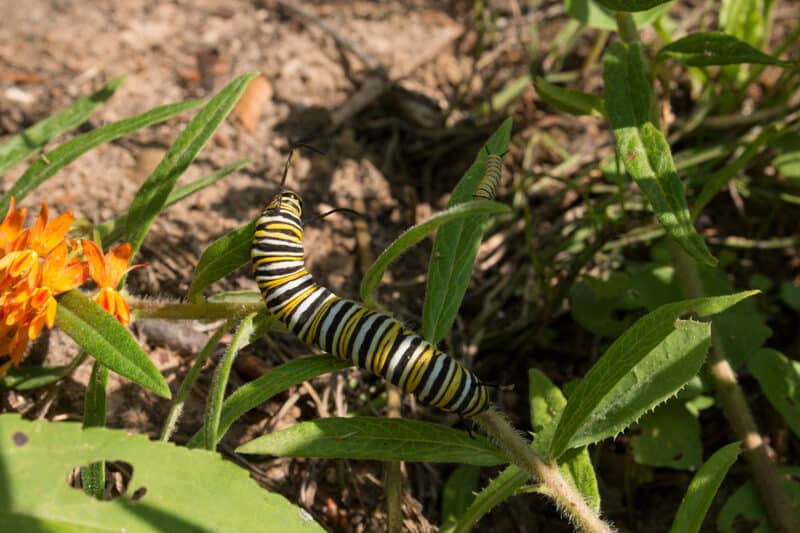
Japanese beetles may also show up, eating all the petals and leaves off your flowers.
Pleurisy root can be prone to powdery mildew and crown rot in damp locations. Both of these are caused by soil-borne pathogens, and your plants will need to be dug up and destroyed so the fungi don’t spread to other species. You’ll need to discard and replace the soil as well.
Additionally, you’ll need to prune your pleurisy root every autumn to ensure proper growth the following year. Wear gloves to avoid skin contact with the milky sap, and use clean garden shears. Then prune the stems back to approximately 1/3 of their height.
The reason we wear gloves to prune any milkweed species is that the leaves and stems contain cardic glycosides. These increase heart muscle contractions, which can be dangerous or even fatal to vulnerable people.
Animals can also be harmed by these, so keep your pleurisy root far away from any pets or herbivorous livestock.
If animals or small children ingest Asclepias tuberosa, they may exhibit the following symptoms:
- Nausea
- Vomiting
- Drooling
- Weakness
- Tremors
- Seizures
- Dilated pupils
- Abnormal heart rate
Contact your local poison control center or veterinarian for advice if any of your family members or animal companions present these symptoms.
Harvesting and Storage
As you may have guessed, pleurisy root’s medicinal components reside in… their roots. As a result, they need a bit of time to develop roots that are actually worth harvesting. Allow them to mature at least five years before harvesting.
Once you’ve dug them up, clean them with a damp cloth, and slice them into thin pieces. Then spread them out on a drying rack in a warm, dry room for several weeks.
If you don’t have a rack or space for them to dry, use a dehydrator instead. Alternatively, you can also dry them out in an oven on low heat over the course of a couple of days.
Once dried, store these in a glass jar, inside a cupboard, away from direct sunlight. They will stay potent and usable for several years as long as they’re kept dry.
Medicinal Usage
As mentioned earlier, pleurisy root is an effective expectorant for all kinds of coughs. Just note that it’s also a strong cathartic herb.
This means that it is quite enthusiastic about encouraging defecation. So… make sure you don’t take it just before going shopping or out on a date.
Do not take pleurisy root if you’re pregnant or nursing. Additionally, this herb can contraindicate with several different prescription medications.
For example, it can reduce the efficacy of estrogen hormone replacement medications, such as estradiol. It can also increase heart rate, which can be dangerous if someone takes any digitalis glycosides, such as Digoxin.
If you’re on any prescription medications or have a history of heart conditions, please consult your healthcare practitioner before taking this herb.
Like all herbal medicines, it’s important to do thorough research before taking anything to treat various health complaints. Your health and wellbeing are your own responsibility, so please consult a herbalist or naturopath if you have any questions about how this herb may affect you.
